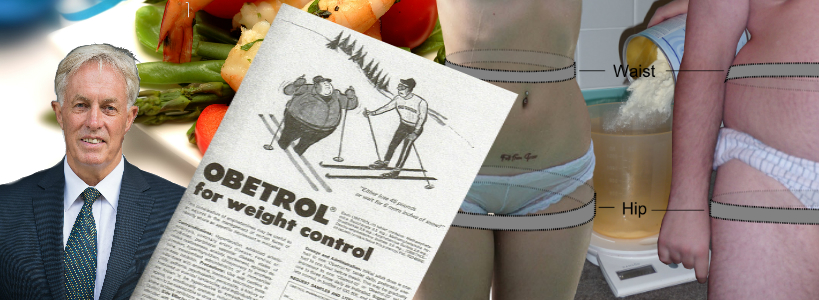High Satiety – Why is it So Hard to Lose Weight?

Professor Brian Oldfield
President, Australian and New Zealand Obesity Society
NHMRC Principal Research Fellow
Department of Physiology, Monash University
The commonly held and much repeated wisdom is that body weight is “energy in vs energy out” and we just have to modify these (with sufficient will power) to achieve perfect body weight.
But why do we have friends that don’t seem to try as hard as we do and still stay slim? Why is it that these people are not often related to us, and never our identical twin?
What are the primitive drivers within our “psyche”, or more particularly the intricate circuits within our brain, that are defiant in the defense of a “set point” of body weight that limits our ability to maintain any weight loss over time? What are the mechanisms that, as eloquently described by Pacino, “keep dragging us back”.
This talk will describe research into the way that the brain defines our ideal body weight through modification of appetite, food intake and energy expenditure. It will also provide insights into the means through which bariatric surgeries help to reduce body weight in the obese and will touch on the concept that intake of highly palatable food is driven by “reward” circuits in the brain – these same circuits that may be deficient in anorexia nervosa.
These insights will provide a more complete understanding of the detail of weight gain and the complexity of weight loss and may hopefully engender greater empathy for those individuals who find it difficult to maintain weight loss.
About the speaker:
Professor Brian Oldfield is an NHMRC Principal Research Fellow with an appointment in the Department of Physiology, Monash University. He has a long standing interest in the central neural regulation of energy balance with a focus on energy expenditure, particularly in brown adipose tissue. His standing in this area is evidenced by numerous invitations to speak nationally and internationally on the topic and by his inclusion in thought leader forums organized by the NIH and other peak bodies to discuss the potential of brown fat as a therapeutic target. In addition, his laboratory has developed one of the few effective animal models of the adjustable gastric band and he and his colleagues have exploited this rodent model to interrogate the mechanism underpinning the success of this form of bariatric surgery.
His research interests in the biology of obesity are paralleled by his commitment to organisations that promote the importance of obesity research across its diverse fields from Public Health to Clinical and Preclinical approaches. He was the founding Chair of the Monash University Obesity Research Initiative and the inaugural Chair of the Victorian Obesity Consortium and is the current President of the Australian and New Zealand Obesity Society (ANZOS).








